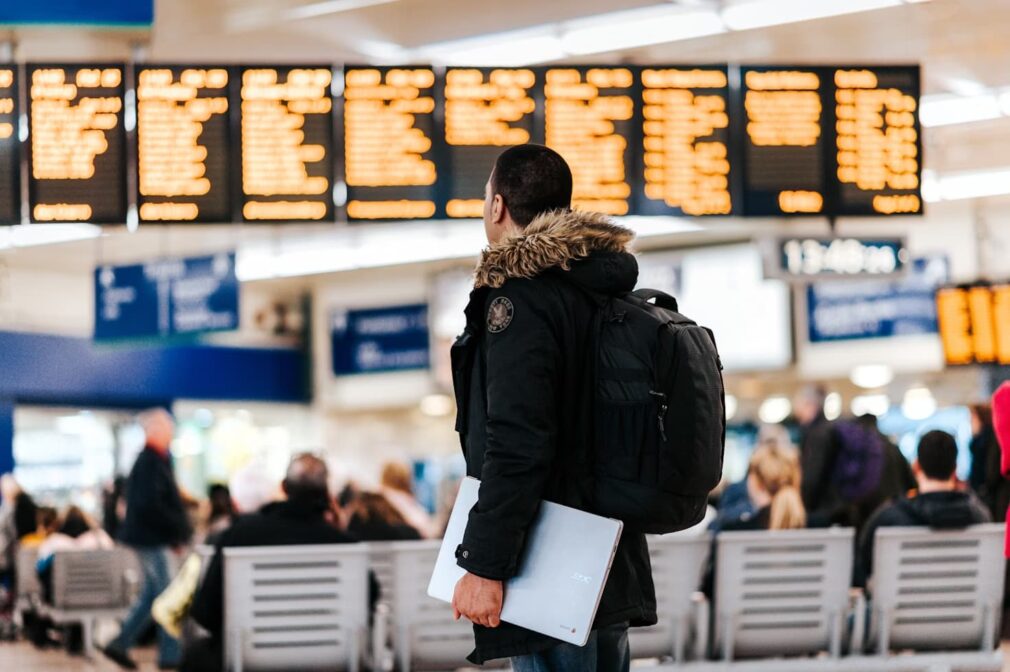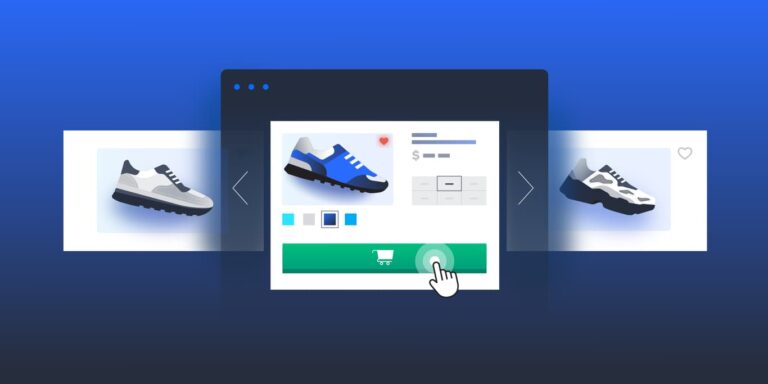Airports are dynamic spaces, often bustling with activity and filled with travelers moving through various stages of their journey. A well-designed airport website can serve as an essential tool, allowing passengers to better navigate their way through terminals, find important information quickly, and enhance their overall experience. Thoughtful web design goes beyond aesthetics, incorporating user-friendly interfaces, real-time data, and intuitive navigation to meet travelers’ diverse needs. A page like the one for Airport Frankfurt is a prime example of how strategic design can transform a potentially stressful experience into one that’s seamless and well-organized.
Efficient Navigation: Helping Travelers Get Around the Airport
One of the main challenges travelers face in airports is finding their way around. Terminals are often vast, multi-level complexes, and travelers—especially first-timers—can easily get lost. A website that integrates interactive airport maps can alleviate this problem by allowing passengers to visualize their route before they even arrive.
For instance, features like zoomable, clickable maps showing airport layouts, terminals, gates, and specific points of interest like baggage claim, customs, and check-in counters can significantly reduce confusion. Websites that allow users to input their flight details and see a customized map with walking directions can also make navigating the airport much easier.
In the context of a major international airport, travelers may need to switch between multiple terminals or even use different transportation options, such as shuttles or trains, to move around. Having a clear, accessible web interface that simplifies this navigation process reduces stress for travelers, especially those on tight schedules or traveling with family.
Some websites offer downloadable maps that work offline, a particularly useful feature for international travelers who may not have reliable access to mobile data. Additionally, the integration of virtual tours or augmented reality (AR) features can offer a real-time preview of the airport space, allowing users to orient themselves and plan their path with greater confidence.
Providing Real-Time Flight Information
Timely and accurate flight information is critical for any traveler, and it is one of the most important functions of an airport website. Delays, gate changes, and other disruptions can throw off a passenger’s entire itinerary, leading to confusion and missed connections. Therefore, integrating real-time flight data into the airport’s web design is an absolute necessity.
Many well-designed airport websites, allow users to enter their flight number and immediately see updates regarding their specific flight, including departure gates, boarding times, and potential delays. A design that prominently places this information on the homepage ensures it is one of the first things a traveler sees, reducing the time spent searching for updates.
Push notifications, either via the website or through a connected mobile app, provide another layer of user-friendliness. Travelers can opt in to receive real-time alerts about their flight status, allowing them to continue exploring the website for other information, like airport services or dining options, without constantly refreshing the page.
Designing a flight status system that is intuitive and responsive minimizes traveler frustration. When users can easily access this information from multiple devices—desktop, mobile, or tablet—they feel more in control of their journey, knowing that they’ll be kept informed even if something goes wrong.

Highlighting Dining and Shopping Options
One of the lesser-discussed aspects of airport travel is the downtime between flights, and for many passengers, this time is often spent exploring dining and retail options. Thoughtful web design can vastly improve this part of the travel experience by making it easy to locate restaurants, cafes, and shops within the airport.
An airport website that categorizes dining options by terminal, cuisine type, and even dietary preferences can greatly enhance the traveler’s experience. For example, if a passenger knows they have a layover in a specific terminal for three hours, they can plan ahead by using the website to discover food options that suit their taste or dietary needs. Additionally, information like restaurant hours, current menus, and proximity to gates can help passengers make informed decisions quickly, which is especially useful for those on short layovers.
For airports with large retail spaces, such as those found in hubs, websites can offer virtual directories, allowing passengers to browse available stores and services. Some airport websites go a step further by offering online shopping, where travelers can reserve items ahead of time and pick them up in-store, saving time and ensuring availability.
Interactive maps can again prove beneficial in this regard, with the ability to highlight nearby dining or shopping locations based on a traveler’s current location or future gate. For travelers on tight schedules, pre-ordering food for pick-up or delivery within the airport is another feature that can be integrated into the website, further streamlining their experience.

Accessibility and Language Options
Airports which serve a global population, need to ensure that their websites are accessible and usable for a wide range of people. Web design can contribute to inclusivity through thoughtful language options, easy navigation, and features that aid those with disabilities.
Multi-language support is crucial for international airports. A well-designed airport website will offer easy switching between languages, catering to the diverse array of travelers who may pass through. Drop-down menus that allow users to choose their preferred language, paired with clearly labeled icons for essential functions like flight information and maps, reduce the cognitive load for non-native speakers.
Beyond language, accessibility for travelers with disabilities is a key concern. Features like adjustable text size, screen reader compatibility, and high-contrast mode ensure that visually impaired users can comfortably use the website. Moreover, for travelers with limited mobility, websites should provide information on accessible routes, elevators, and facilities such as wheelchair rental, alongside maps indicating the location of these services.
A well-designed airport website can also provide pre-trip planning tools for individuals with specific needs. For example, passengers requiring special assistance can arrange services in advance through the website, ensuring they receive the appropriate accommodations upon arrival.
Integrating Transportation and Parking Information
Many travelers, particularly those who are unfamiliar with the city they are visiting, need detailed guidance on how to get to and from the airport. An airport website should offer clear, concise information about transportation options, whether it’s local public transport, shuttle services, taxis, or rental cars.
Websites can enhance the traveler experience by including live transportation schedules, showing how long it will take to reach the airport from various locations, or providing estimated costs for different modes of transportation. Parking information is equally important for those driving to the airport. Features such as a parking availability tracker or pre-booking services can make the arrival process much smoother.
In large airports like Frankfurt, which may have multiple parking facilities spread over different terminals, interactive parking maps and cost comparisons help travelers make informed decisions.
Integrating parking information into the airport website ensures that travelers can plan their trips down to the finest detail, including where they will park and how much it will cost. For instance, some airports allow users to reserve parking spaces online, ensuring availability and providing a smooth entry and exit process. For those who might be unfamiliar with the airport or its parking facilities, features such as parking availability indicators and cost comparison tools can prove invaluable.
Interactive maps that show parking locations in relation to terminals are particularly helpful, as they allow passengers to understand how far they will need to walk or which shuttle services might be available. For large, sprawling airports like Frankfurt, this level of planning can make the entire travel process less stressful and more convenient. Offering different payment methods and pre-pay options through the website is another way web design can help passengers save time and avoid hassle upon arrival.











